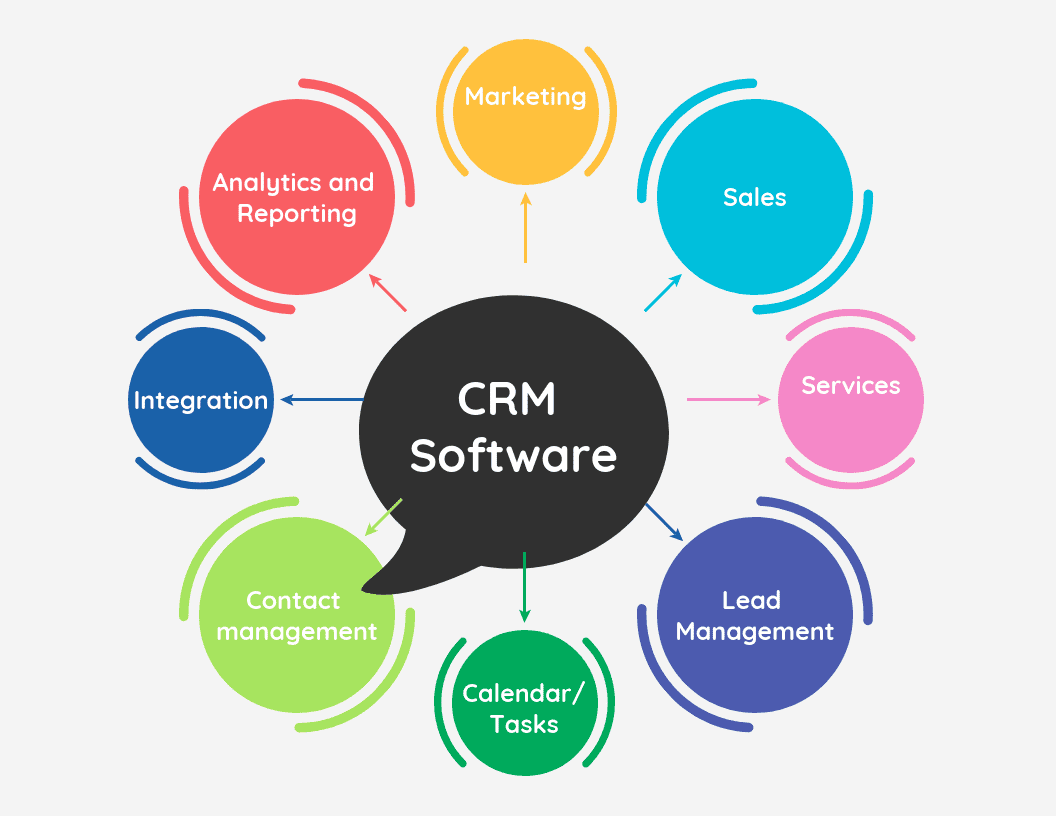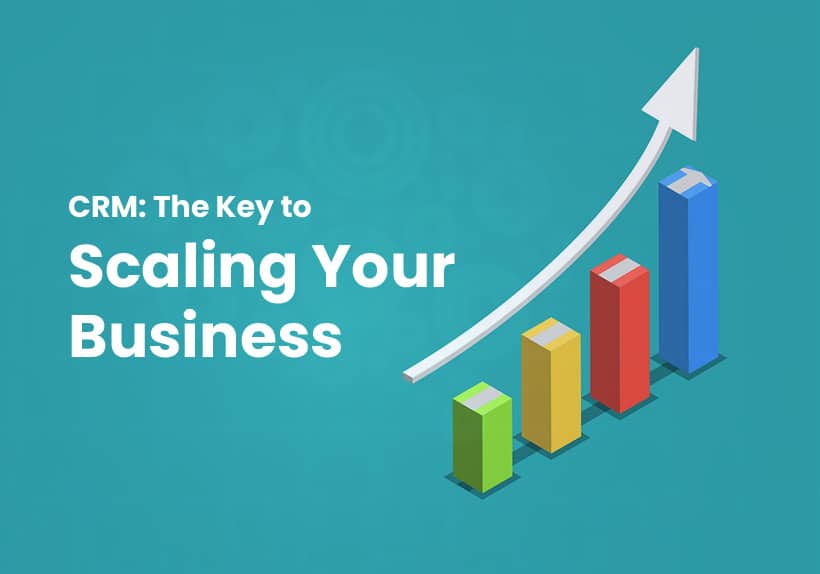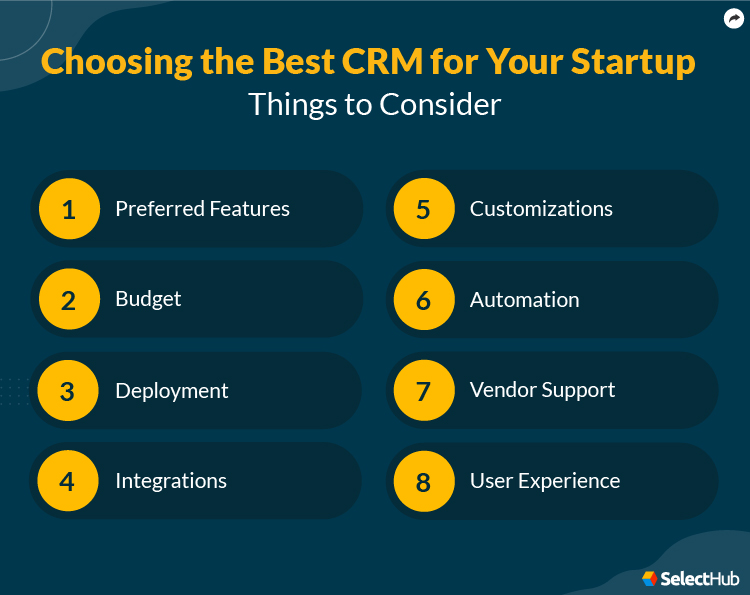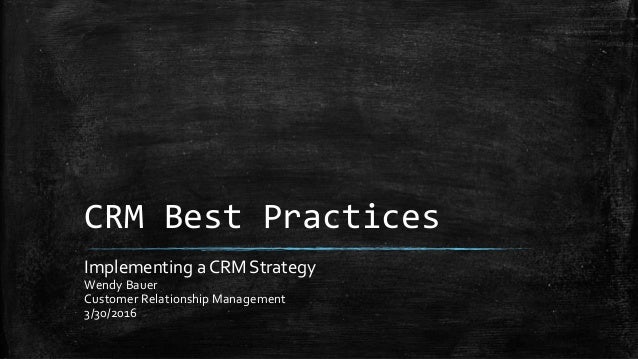Small Business CRM Trends 2025: Navigating the Future of Customer Relationships
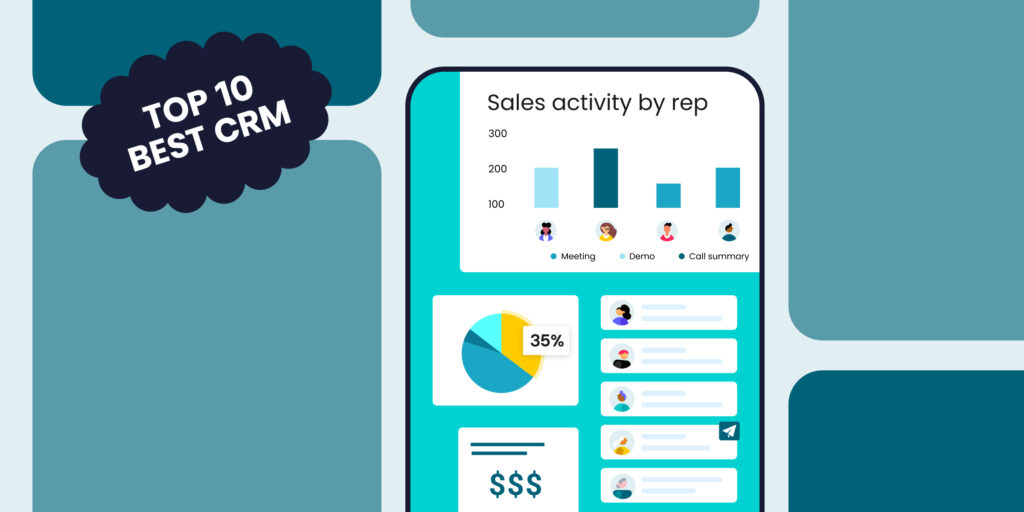
Introduction: The CRM Revolution for Small Businesses
The landscape of business is perpetually evolving, and for small businesses, staying ahead of the curve is not just an advantage, it’s a necessity. One of the most critical tools in a small business’s arsenal is its Customer Relationship Management (CRM) system. As we look toward 2025, the trends shaping the CRM world are becoming increasingly sophisticated and impactful. This article delves deep into the emerging CRM trends that will define success for small businesses in the coming years. We’ll explore how these trends will affect everything from customer acquisition and retention to operational efficiency and overall growth.
The core function of a CRM remains the same: to manage interactions with current and potential customers. However, the way this is achieved is undergoing a dramatic transformation. In the past, CRM systems were often clunky, expensive, and difficult to implement. Today, the market is flooded with user-friendly, affordable, and highly adaptable CRM solutions. These systems are no longer just about storing contact information; they’re about understanding customer behavior, personalizing interactions, and predicting future needs. Small businesses that embrace these changes will be well-positioned to thrive in a competitive market.
Trend 1: AI-Powered CRM: The Rise of Intelligent Automation
Artificial Intelligence (AI) is no longer a futuristic concept; it’s a present-day reality, and its influence on CRM is profound. By 2025, we can expect AI to be deeply integrated into every aspect of CRM. AI-powered CRM systems will revolutionize how small businesses interact with their customers, automating tasks, providing insights, and personalizing the customer experience.
1.1. Predictive Analytics
One of the most significant benefits of AI in CRM is its ability to perform predictive analytics. AI algorithms can analyze vast amounts of customer data to predict future behavior, such as which customers are most likely to churn, which products they might be interested in, and the optimal time to reach out. This allows small businesses to proactively address customer needs and tailor their marketing efforts for maximum impact. For example, an AI-powered CRM might identify a customer at risk of leaving and automatically trigger a personalized offer to retain their business.
1.2. Chatbots and Virtual Assistants
Chatbots and virtual assistants, powered by AI, will become even more prevalent in 2025. These tools can handle a wide range of customer service inquiries, freeing up human agents to focus on more complex issues. They can provide instant responses, 24/7 support, and personalized recommendations based on customer history and preferences. This can significantly improve customer satisfaction and reduce operational costs. Imagine a customer visiting your website and instantly receiving assistance from a chatbot that answers their questions and guides them through the purchase process.
1.3. Automated Task Management
AI can automate many of the repetitive tasks that consume valuable time for small business owners and their teams. This includes data entry, lead scoring, email marketing, and appointment scheduling. By automating these processes, AI-powered CRM systems allow businesses to focus on more strategic initiatives, such as building relationships and driving sales. For instance, a CRM could automatically update a customer’s profile with information from their email interactions, saving valuable time and ensuring data accuracy.
Trend 2: Hyper-Personalization: Crafting Tailored Customer Experiences
Customers in 2025 will expect highly personalized experiences. They’re tired of generic marketing messages and one-size-fits-all solutions. Hyper-personalization involves tailoring every interaction to the individual customer, based on their preferences, behavior, and purchase history. This requires a CRM system that can collect, analyze, and act upon a wealth of customer data.
2.1. Data-Driven Personalization
The foundation of hyper-personalization is data. CRM systems will need to integrate with various data sources, including website analytics, social media, email marketing, and customer surveys. This data provides a comprehensive view of each customer, allowing businesses to understand their needs and preferences. For example, a CRM might track a customer’s browsing history on a website and use that information to recommend relevant products or services.
2.2. Dynamic Content and Segmentation
CRM systems will enable businesses to create dynamic content that changes based on the customer’s profile. This could include personalized website content, email newsletters, and product recommendations. Segmentation, the process of dividing customers into groups based on shared characteristics, will become even more sophisticated. Businesses can tailor their messaging and offers to each segment, increasing the likelihood of engagement and conversion. Imagine sending a targeted email campaign to customers who have previously purchased a specific product, offering them a discount on a related item.
2.3. Real-Time Personalization
The ability to personalize interactions in real-time is crucial. This includes providing instant recommendations on a website, offering personalized support during a live chat session, and sending automated follow-up emails based on customer actions. Real-time personalization requires a CRM system that can quickly analyze data and respond to customer behavior. For instance, if a customer abandons a shopping cart, the CRM can automatically trigger an email with a reminder and a special offer to encourage them to complete the purchase.
Trend 3: Mobile CRM: The Power of On-the-Go Access
Mobile devices have become an integral part of our lives, and CRM is no exception. In 2025, mobile CRM will be essential for small businesses that want to stay connected with their customers and manage their operations from anywhere. Mobile CRM solutions allow businesses to access customer data, manage leads, and track sales activities on the go.
3.1. Enhanced Mobile Applications
Mobile CRM applications will become more feature-rich and user-friendly. They will provide a seamless experience across all devices, allowing users to access the same data and functionality regardless of their location. Expect to see improved offline access, allowing users to work with data even when they don’t have an internet connection. For example, a sales representative can update customer information during a meeting and have it automatically synced to the CRM when they regain connectivity.
3.2. Mobile-First Design
The design of CRM systems will increasingly prioritize the mobile experience. This means that the interface will be optimized for smaller screens, with intuitive navigation and easy-to-use features. Mobile-first design ensures that users can quickly access the information they need and perform tasks efficiently on their smartphones and tablets. This is essential for busy professionals who need to manage their customer relationships while on the move.
3.3. Integration with Mobile Communication Tools
Mobile CRM systems will seamlessly integrate with mobile communication tools, such as phone calls, SMS, and messaging apps. This allows businesses to track all customer interactions in one central location, providing a complete view of the customer journey. For example, a sales representative can make a call directly from the CRM, and the call details will be automatically logged in the customer’s profile.
Trend 4: Integration and Interoperability: Connecting the Dots
CRM systems don’t operate in a vacuum. In 2025, the ability to integrate with other business applications will be critical. This includes marketing automation platforms, e-commerce systems, accounting software, and social media channels. Seamless integration allows businesses to streamline their workflows, improve data accuracy, and gain a 360-degree view of their customers.
4.1. API-Driven Integrations
Application Programming Interfaces (APIs) will play a crucial role in enabling integrations. APIs allow different software systems to communicate with each other, exchanging data and functionality. CRM systems will need to offer robust APIs that allow businesses to easily connect to other applications. This allows small businesses to customize their CRM and create a tailored solution that meets their specific needs. An example is integrating your CRM with your e-commerce platform to automatically sync customer and order information.
4.2. Pre-Built Integrations
Many CRM vendors will offer pre-built integrations with popular business applications, making it easier for businesses to connect their systems. These pre-built integrations can save businesses time and money by eliminating the need for custom development. This is particularly beneficial for small businesses that may not have the resources to build complex integrations. Common integrations include those with email marketing services, social media management tools, and payment gateways.
4.3. Data Synchronization
Data synchronization will be essential for ensuring data accuracy and consistency across all integrated systems. CRM systems will need to synchronize data in real-time, so that changes made in one system are automatically reflected in others. This eliminates the need for manual data entry and reduces the risk of errors. Imagine a customer updating their contact information in your e-commerce system, and that information automatically updating in your CRM.
Trend 5: Data Security and Privacy: Building Trust
With the increasing amount of customer data being collected and stored, data security and privacy will be paramount in 2025. Small businesses must prioritize protecting their customers’ data and complying with relevant regulations. Building trust with customers requires transparency and a commitment to data security.
5.1. Enhanced Security Measures
CRM vendors will implement enhanced security measures to protect customer data from cyber threats. This includes encryption, multi-factor authentication, and regular security audits. Small businesses should choose CRM systems that prioritize security and offer robust protection against data breaches. Consider the use of data encryption to protect sensitive information like credit card details and social security numbers.
5.2. Compliance with Data Privacy Regulations
Businesses must comply with data privacy regulations, such as GDPR (General Data Protection Regulation) and CCPA (California Consumer Privacy Act). CRM systems will need to support compliance with these regulations, allowing businesses to manage customer consent, data access requests, and data deletion requests. This includes providing tools for customers to control their data and ensuring that data is used in accordance with their preferences. For example, your CRM should allow customers to easily opt-out of marketing communications.
5.3. Transparency and Customer Control
Transparency is key to building trust. Small businesses should be transparent about how they collect, use, and store customer data. They should provide customers with clear and concise privacy policies and give them control over their data. This includes allowing customers to access, modify, and delete their data. By being transparent and giving customers control, businesses can build stronger relationships and foster loyalty.
Trend 6: CRM for Remote and Hybrid Work Environments
The shift toward remote and hybrid work models will continue to shape the business landscape in 2025. CRM systems must adapt to support these new work environments, enabling teams to collaborate effectively and stay connected with customers regardless of their location.
6.1. Cloud-Based CRM
Cloud-based CRM systems will be essential for remote and hybrid work environments. Cloud-based systems allow employees to access customer data and collaborate on projects from anywhere with an internet connection. This promotes flexibility and improves productivity, especially for teams that are geographically dispersed. Unlike on-premise solutions, cloud-based CRM requires no complex setup or maintenance.
6.2. Collaboration Tools
CRM systems will need to integrate with collaboration tools, such as project management software, instant messaging platforms, and video conferencing tools. This allows teams to collaborate seamlessly on customer projects, share information, and communicate effectively. For example, a sales team can use video conferencing to conduct online meetings with customers directly from the CRM.
6.3. Remote Access and Security
Ensuring secure remote access to customer data is critical. CRM systems will need to provide robust security measures to protect data from unauthorized access, including multi-factor authentication and encryption. This is particularly important in remote work environments, where employees may be accessing data from various devices and locations. This ensures your data is safe, no matter where your team is working from.
Trend 7: The Rise of Vertical CRM Solutions
While general-purpose CRM systems are still popular, there’s a growing trend towards vertical CRM solutions. These are CRM systems specifically designed for a particular industry or niche. Vertical CRM solutions offer tailored features and functionality, making them more effective and efficient for businesses in specific sectors.
7.1. Industry-Specific Features
Vertical CRM solutions often include industry-specific features, such as specialized reporting, custom fields, and workflows. This allows businesses to manage their customer relationships more effectively and efficiently. For example, a CRM for real estate might include features for managing property listings, tracking showings, and communicating with clients.
7.2. Pre-Built Integrations
Vertical CRM solutions often come with pre-built integrations with other industry-specific applications. This can save businesses time and money by eliminating the need for custom development. For example, a CRM for healthcare might integrate with electronic health records (EHR) systems.
7.3. Tailored User Experience
Vertical CRM solutions often offer a tailored user experience that is designed to meet the specific needs of businesses in a particular industry. This makes it easier for users to navigate the system and find the information they need. The interface is designed for the specific needs of the industry, reducing training time and increasing productivity.
Trend 8: The Growing Importance of Customer Experience (CX)
Customer experience (CX) will be a major differentiator for small businesses in 2025. Businesses that prioritize CX will be able to attract and retain customers, build brand loyalty, and drive revenue growth. CRM systems play a crucial role in delivering a positive customer experience.
8.1. Personalized Interactions
CRM systems will enable businesses to personalize interactions with customers at every touchpoint, from initial contact to ongoing support. This includes personalized website content, email newsletters, and product recommendations. Personalization makes customers feel valued and understood.
8.2. Seamless Omnichannel Experience
Customers expect a seamless experience across all channels, including email, phone, chat, social media, and in-person interactions. CRM systems will need to integrate with all of these channels, providing a unified view of the customer journey. This allows businesses to provide consistent and personalized support, regardless of how the customer chooses to interact with them.
8.3. Proactive Customer Service
CRM systems will enable businesses to proactively address customer needs and provide exceptional customer service. This includes identifying potential problems before they arise, offering personalized support, and following up with customers after a purchase. Proactive service builds customer loyalty and encourages repeat business.
Conclusion: Embracing the Future of CRM
The trends shaping the CRM landscape in 2025 present both challenges and opportunities for small businesses. By embracing these trends, small businesses can enhance their customer relationships, improve operational efficiency, and drive sustainable growth. Investing in the right CRM system and adopting the latest technologies will be critical for success. From AI-powered automation to hyper-personalization and mobile accessibility, the future of CRM is bright, and small businesses that adapt will be well-positioned to thrive.
As you prepare for 2025, take the time to assess your current CRM strategy and identify areas for improvement. Research the latest CRM solutions and choose a system that aligns with your business needs and goals. By staying informed and proactive, you can ensure that your small business is ready to navigate the future of customer relationships and achieve lasting success.

